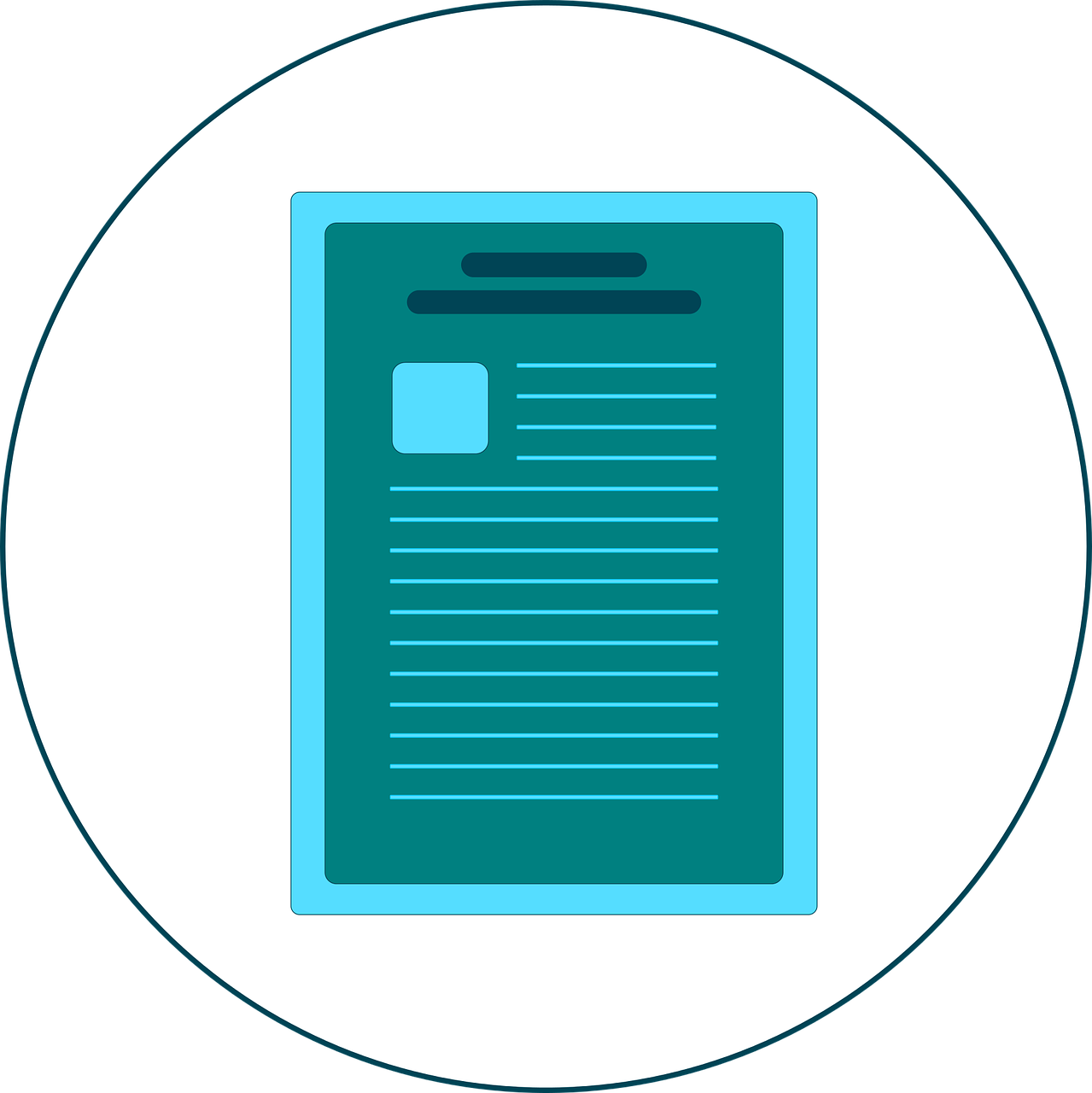Welcome to our blog post on how to write an inductive paragraph! Whether you’re a student looking to improve your academic writing skills or simply someone interested in honing their reasoning abilities, this guide is for you. Inductive reasoning plays a crucial role in various aspects of our lives, from solving everyday problems to making informed decisions. By understanding the principles and techniques behind writing an inductive paragraph, you can enhance your ability to present logical arguments and draw valuable conclusions.
In this comprehensive guide, we will explore the advantages of the inductive method, the relationship between inductive and deductive reasoning, and how these two approaches differ in paragraph writing. We’ll also delve into the importance of deductive and inductive reasoning, and how they can be applied to problem-solving. Additionally, we’ll address common questions such as how to determine the validity of a deductive argument and the potential problems with inductive reasoning.
So, let’s dive in and discover the art of constructing compelling and persuasive inductive paragraphs that will engage your readers and help you communicate your ideas effectively!

How to Master the Art of Writing an Inductive Paragraph
Understanding the Basics
When it comes to writing an inductive paragraph, you might find yourself scratching your head and wondering where to begin. Fear not, my friend! Writing an inductive paragraph is easier than you think. So, grab a cup of coffee and let’s dive right in!
Start with a Witty Observation
The beauty of an inductive paragraph lies in its ability to captivate readers right from the start. Begin with an interesting and witty observation that grabs their attention. For instance, imagine analyzing the behavior of cats. You could start with a line like:
Cats, those aloof creatures that rule our homes, have perfected the art of being utterly indifferent to our existence.
Present Specific Examples
Now that you have the reader hooked, it’s time to provide specific examples that support your observation. Let’s continue with our feline theme:
Feline Example 1: The Mysterious Disappearing Act
Picture this: You’re enjoying a cozy evening at home when suddenly, your precious feline friend vanishes into thin air. You search high and low, only to find them nonchalantly lounging in a secluded corner, as if they were never missing in the first place.
Feline Example 2: The Selective Hearing Syndrome
Ah, the selective hearing of cats! Call them once, twice, or even thrice, and they’ll conveniently ignore your pleas for attention. But dare to open a can of tuna in the kitchen, and suddenly, their ears perk up as if they’ve been summoned by the royal chef.
Draw a Relevant Conclusion
Now that you’ve provided some quirky examples, it’s time to draw a conclusion that ties everything together. This is your chance to put your writing prowess on display. Let’s wrap up our feline-themed paragraph:
From their disappearing acts to their selective hearing, cats have mastered the art of leaving us humans in perpetual bewilderment. One might even argue that they deserve an honorary degree in the fine art of aloofness.
Embrace the Power of Inductive Paragraphs
Congratulations, my witty writer! You have now mastered the art of writing an inductive paragraph. Embrace the power of observation, sprinkle in some humor, and let your words enthrall readers with unexpected connections. Whether you’re analyzing cats, humans, or the nifty ways of the universe, the inductive paragraph will forever be your ally in captivating your audience.
So, go forth and conquer the writing world, one inductive paragraph at a time!
This blog post was not endorsed by any cats, although their indifferent stares suggested otherwise.

FAQ: How do you write an inductive paragraph?
Welcome to our comprehensive FAQ-style guide on writing an inductive paragraph! In this section, we’ll answer some commonly asked questions about the advantages of the inductive method, its relationship with deductive reasoning, and how to write an effective inductive paragraph. So, let’s dive in!
Advantages of the Inductive Method
What are the advantages of inductive reasoning
Inductive reasoning has several advantages that make it a valuable tool in various fields. The key benefits include:
-
Flexibility: Inductive reasoning allows for flexibility in exploring new ideas and forming generalizations based on observed patterns.
-
Creativity: It encourages creative thinking and the ability to consider alternative perspectives that may lead to unique solutions.
-
Exploratory Nature: Inductive reasoning supports the exploration of complex phenomena, allowing for a deeper understanding of intricate systems.
-
Real-World Applications: Inductive reasoning is applicable across various disciplines, including science, social sciences, and even everyday problem-solving scenarios.
Inductive and Deductive Reasoning
What is the relationship between inductive and deductive reasoning
Inductive and deductive reasoning are two complementary approaches to thinking and problem-solving. While deductive reasoning moves from general principles to specific conclusions, inductive reasoning operates in reverse. Inductive reasoning starts with specific observations and uses them to formulate general ideas or theories.
To put it simply, deductive reasoning goes from big to small, while inductive reasoning goes from small to big. Both methods have their own merits and contribute to different aspects of critical thinking.
Writing an Inductive Paragraph
How do you write an inductive paragraph
Writing an effective inductive paragraph involves a structured approach that engages the reader and builds up to a compelling conclusion. Here are the basic steps to follow:
-
Start with Specific Examples: Begin your paragraph by providing specific examples, evidence, or anecdotes related to your topic. This helps to set the context and engage the reader’s interest.
-
Identify Patterns or Trends: Analyze the examples you provided and look for any common patterns, trends, or connections. This step is crucial for developing your main idea or hypothesis later in the paragraph.
-
Formulate a Generalization: Based on the patterns you identified, develop a general statement or hypothesis that summarizes the main idea of your paragraph. This should be a logical inference drawn from the specific examples you mentioned earlier.
-
Provide Supporting Evidence: After stating your generalization, reinforce it with additional evidence, facts, or expert opinions. This lends credibility to your argument and strengthens the overall impact of the paragraph.
-
Conclude with a Thoughtful Remark: Wrap up your inductive paragraph with a concluding sentence that emphasizes the significance of your generalization, leaving the reader with a thought-provoking insight or a call to action.
Inductive vs. Deductive Paragraphs
What is the difference between inductive and deductive paragraphs
Inductive paragraphs focus on the specific observations and examples first, leading to a generalization or hypothesis. On the other hand, deductive paragraphs start with a generalization or hypothesis and then provide specific evidence or examples to support it. While both approaches have their place, understanding the distinction helps in choosing the appropriate style for your writing, depending on the context and purpose.
Problems with Inductive Reasoning
What are some problems with inductive reasoning
Although inductive reasoning offers significant advantages, it’s not without its limitations. Here are some potential problems to be aware of:
-
Sample Bias: Inferences based on limited or unrepresentative samples may lead to erroneous conclusions.
-
Hasty Generalizations: Drawing broad conclusions based on insufficient evidence can result in inaccurate generalizations.
-
Confounding Factors: Failure to consider other variables or factors that may impact the observed patterns can undermine the validity of inductive reasoning.
Everyday Use of Inductive Reasoning
How do we use inductive reasoning in everyday life
Inductive reasoning plays a role in our daily lives in various ways:
-
Prediction: We often use inductive reasoning to make predictions based on past experiences or patterns we have observed.
-
Problem-Solving: When faced with a problem, we rely on inductive reasoning to identify potential solutions by analyzing previous experiences or observed patterns.
-
Decision-Making: Inductive reasoning guides our decision-making process by drawing generalizations from specific information and weighing various options.
Importance of Deductive and Inductive Reasoning
What is the importance of deductive and inductive reasoning
Both deductive and inductive reasoning are critical components of logical thinking. Deductive reasoning helps us draw specific conclusions from general principles, while inductive reasoning allows us to form general ideas or theories based on specific observations.
By employing both methods, we can better understand complex problems, make informed decisions, and engage in critical analysis across a wide range of disciplines.
Inductive Method in Teaching
What is deductive method in teaching
The deductive method in teaching involves presenting general concepts or rules at the beginning of a lesson and then providing specific examples or applications to illustrate the concept. This approach helps students grasp the underlying principles before delving into specific details or applications.
Inductive and Deductive Reasoning in Problem Solving
How can inductive and deductive reasoning be used to solve problems
Inductive and deductive reasoning are both valuable problem-solving tools:
-
Inductive Reasoning: In problem-solving, inductive reasoning can help identify patterns, connections, and potential solutions based on specific examples and observations.
-
Deductive Reasoning: Deductive reasoning is useful for logically deducing specific conclusions or solutions based on general principles or rules.
By employing both methods, we can approach problem-solving with a balanced and comprehensive perspective.
That concludes our FAQ-style guide on writing an inductive paragraph. We’ve explored the advantages of inductive reasoning, its relationship with deductive reasoning, the process of writing an effective inductive paragraph, and more. Armed with this knowledge, you’ll be able to employ the inductive method confidently in your writing and problem-solving endeavors. Happy writing inductive paragraphs!
